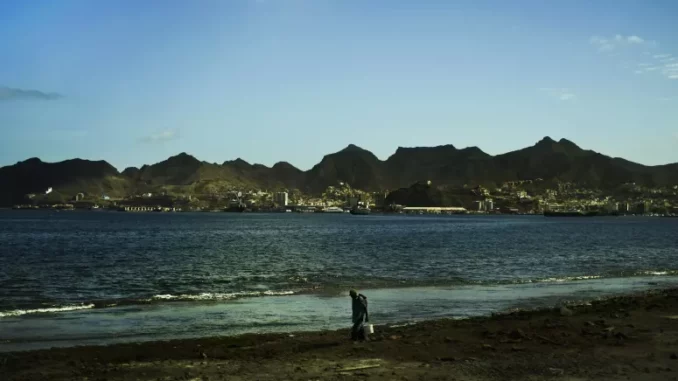
The Cape Verdean trade balance was negative by more than 215 million euros in the third quarter of 2022, a worsening of more than 35% compared to the same period in 2021, according to official data.
According to the quarterly report on foreign trade statistics from Cape Verde’s National Statistics Institute (INE), this performance was aggravated by the increase in imports, which grew 31.2% from July to September this year to 25,053 million escudos (227 million euros). Exports fell 17.8% in the third quarter, year-on-year, to PTE 1,254 million (11.4 million euros), while re-exports grew 114.5%, to PTE 8,303 million (75.3 million euros).
Cape Verde’s trade balance was again negative in the third quarter, at 23,799 million escudos (215.7 million euros), compared to the deficit of 17,575 million escudos (159.3 million euros) in the same period of 2021 (+35.4%).
Due to the drought that affected the archipelago in the last four years, Cape Verde imports about 80% of the food it consumes, according to previous government data. The production of 80% of electricity is still dependent on fossil fuel plants, which requires the import of refined fuels.
Cape Verde’s trade balance had already been negative in the first quarter of this year, at 18,992 million escudos (172.2 million euros), and at 23,117 million escudos (209.6 million euros) in the second quarter. In nine months, the Cape Verdean trade balance deficit thus reached 65,908 million escudos (597.3 million euros), a 31% increase from 50,305 million escudos (456 million euros) in the same three quarters of 2021.
According to INE, in the third quarter of 2022, Europe remained “the main customer of Cape Verde,” absorbing 93.7% of total Cape Verdean exports and with Spain leading the list of the archipelago’s main customers, with a share of 56.6% of the total, followed by Italy (20.6%) and Portugal (16.6%).
The most exported products by Cape Verde in the third quarter were preparations and canned fish (70.5% of total sales), clothing (8%), and fish, crustaceans, and mollusks (7%).
The European continent also remains the main supplier of Cape Verde, with a weight of 67% of the total, with Portugal leading the way (a share of 42.7%), followed by the United Arab Emirates (10.5%), Spain (8.2%) and China (5.6%).
